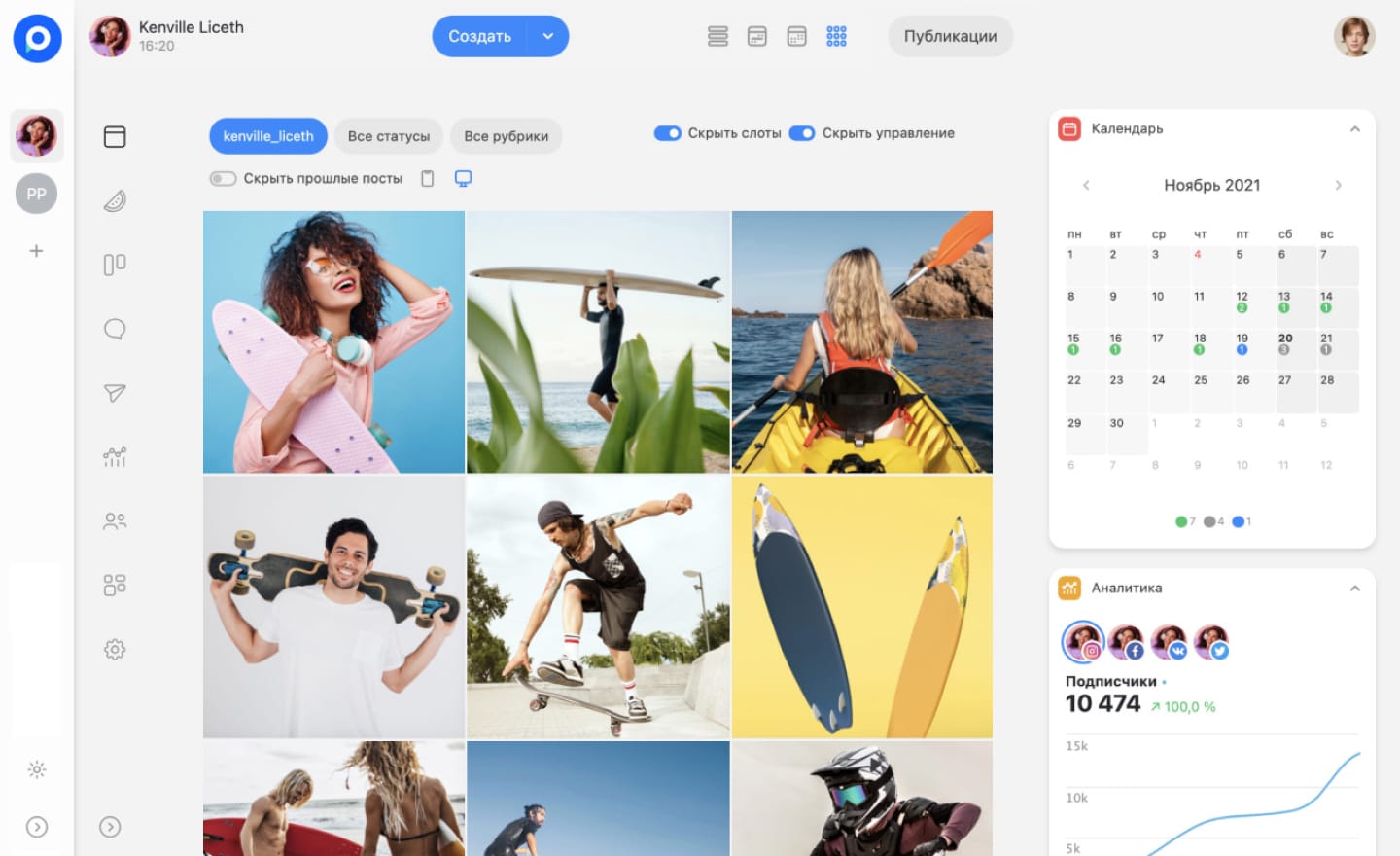Should You Include Hashtags in Your Social Media Promotion Strategy?
Hashtags are a kind of "tags" that help users find content on topics of interest. However, in the constant flow of information, the question arises: is it worth spending time using them, or is it just a pointless routine?
In this article, we will not only explain how hashtags work but also discuss how relevant their use is in 2024. We will provide you with practical tips and strategies that you can immediately implement in your work.
Let’s analyze together whether hashtags are an optional tool for achieving success or an underestimated resource that can become your secret weapon in the fight for audience attention.
Hashtags in 2024?
In 2024, hashtags continue to be an integral part of social media promotion. Let’s look at why they are so important and how they can benefit your business.
1. Increasing Content Visibility
Every day, millions of posts compete for users' attention. If you use the right hashtags, you have a good chance that your post will be seen by those who are interested in your topic.
For example, if you post about fitness and use the hashtag #Health, your content may appear in search results for users passionate about this topic. Thus, hashtags become your ticket to attention.
2. Simplifying Information Search
When users want to find content on a specific topic, hashtags help them quickly navigate. Instead of endlessly scrolling through their feed, they can simply enter the desired hashtag and see all related posts.
Imagine someone looking for travel options. Why waste time browsing through hundreds of posts when they can just type #travel or #whereToGoOnVacation? This is convenient not only for users but also for businesses. Your potential customers can easily find content and learn about your products or services.
3. Creating and Maintaining a Community Around Your Brand
When you launch a unique hashtag, it becomes a foundation for engaging with your audience. Users start sharing their content related to your hashtag, forming a community around the brand.
For example, a fitness club can launch the hashtag #SuccessTogetherWithGymName to encourage people to share their stories about working out at that club. This not only increases engagement and promotes organic growth but also builds brand loyalty.
Disadvantages of Using Hashtags
Hashtags do not have obvious disadvantages, but if you do not use them correctly, it can lead to undesirable consequences.
If you think that adding a lot of hashtags to your post will automatically increase its reach, you are mistaken. For instance, using hashtags like #promotions, #free, and #buy does not necessarily make your content more visible. In fact, you risk attracting an audience that is not interested in your product or service. This can lead to your posts getting many views but having low engagement. As a result, your account statistics may suffer, which is always undesirable.
Moreover, using hashtags in a foreign language when your audience does not speak that language also makes no sense. You may attract bot traffic or users who do not understand your content. This is not only useless but can also negatively impact your image.
The third point is overdoing the number of hashtags. If you add too many hashtags, it may look like spam. Yes, there is an opinion that the more hashtags, the better, but in practice, this is not always the case. It is better to choose a few relevant hashtags that truly reflect the essence of your post than to clutter the text with many irrelevant ones.
How to Implement Hashtags in Your Promotion Strategy?
Hashtags can be a great tool for promotion if used correctly. Let’s break down how to do this step by step.
Step 1: Research and Choose Hashtags.
Study which hashtags your competitors and industry leaders are using. With the help of special hashtag analysis tools, you can understand which ones are in high demand and which will be most relevant for your content.
Pay attention to hashtags with varying degrees of popularity. It is advisable to have a combination of both popular and more niche hashtags to reach diverse groups of people.
Step 2: Create Unique and Branded Hashtags.
Don’t forget about your own hashtags. Create a unique hashtag for your brand that is easy to remember. Such hashtags will help you stand out and gather content related to your brand in one place.
Step 3: Optimize Hashtag Usage.
Do not overload posts with hashtags. Usually, 5-10 relevant hashtags is optimal.
Keep track of which hashtags perform better and adapt your strategy. Also, remember to change hashtags depending on the content and season.
Automating Hashtags with Postmypost
Working with hashtags can be easier than you think, especially with the help of Postmypost.
Hashtag automation is something that will simplify your life if you have many posts, especially on different topics and across various accounts.
Let’s explore how to automate hashtags with the service as an example.
Instead of copying and pasting hashtags every time, you can create groups of hashtags in advance.
For example, if you have a cosmetics account, you can categorize hashtags into groups: decorative cosmetics, skincare, universal cosmetics, and so on. You can also break down hashtags by skin type: for oily, dry, problematic, and medicinal cosmetics.
With Postmypost, you can automatically add the necessary group of hashtags depending on the post's theme. This will save you a lot of time and make your work more efficient. You simply choose a topic, and the service automatically inserts the appropriate hashtags.
Be sure to try Postmypost if you want to simplify your life and make working with hashtags more effective. It really works!

